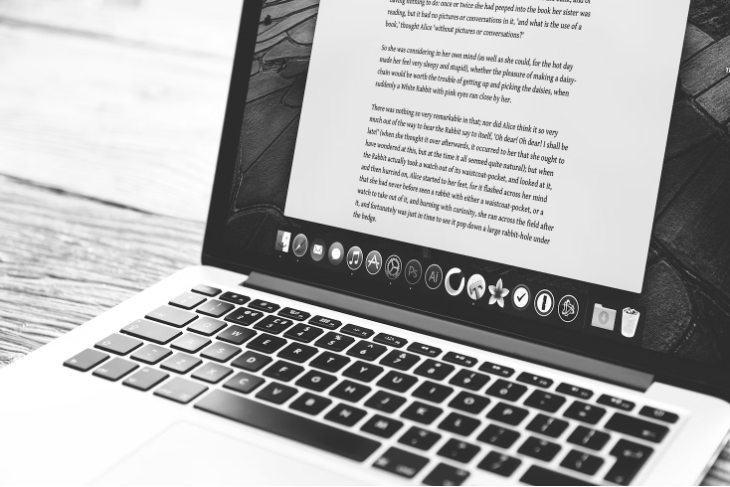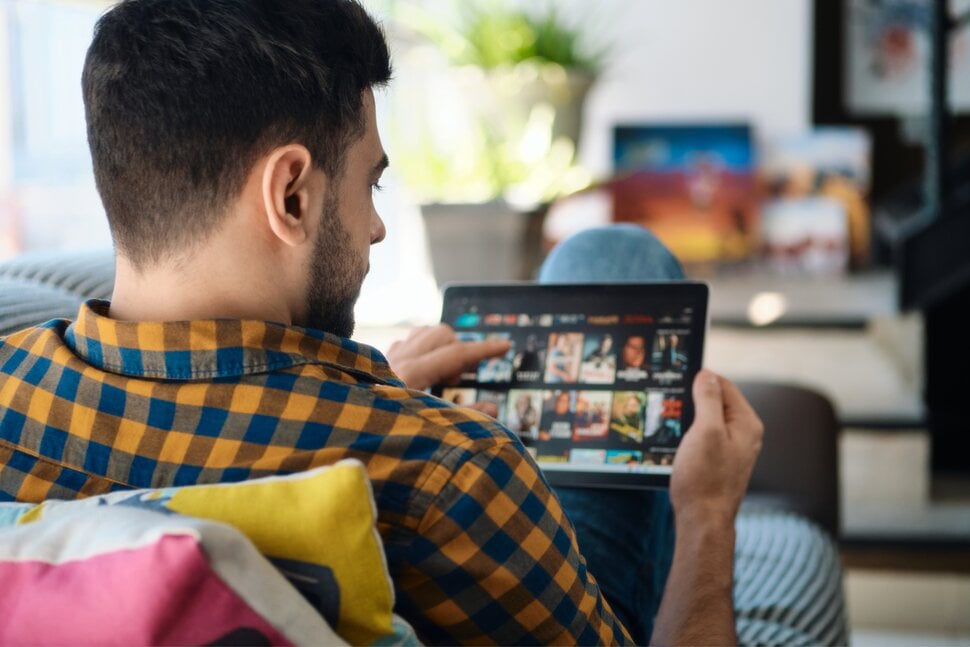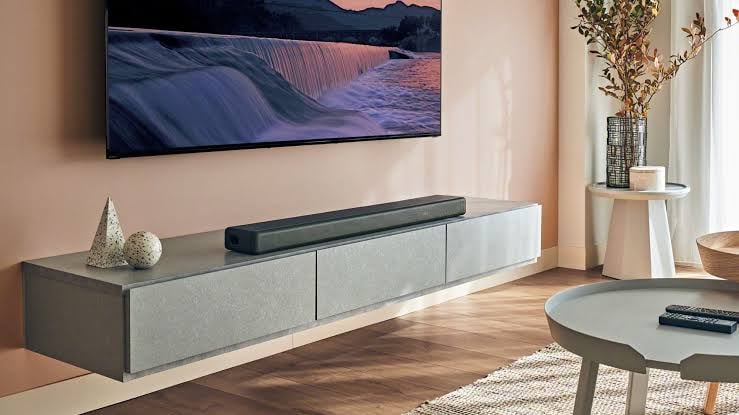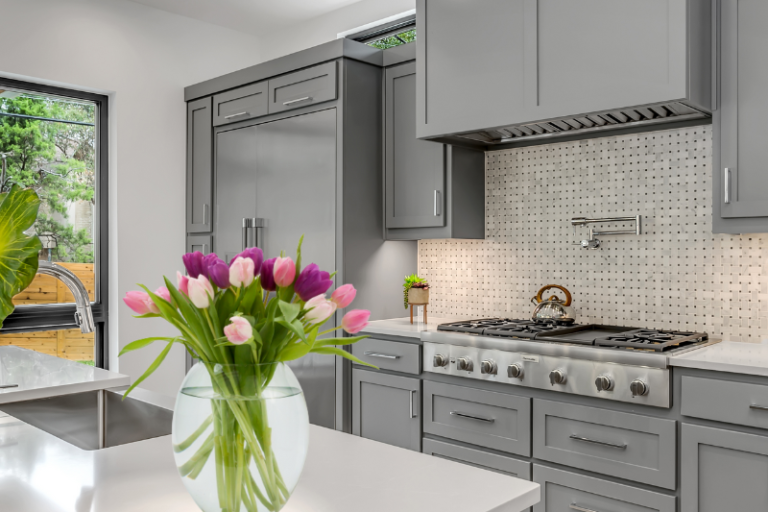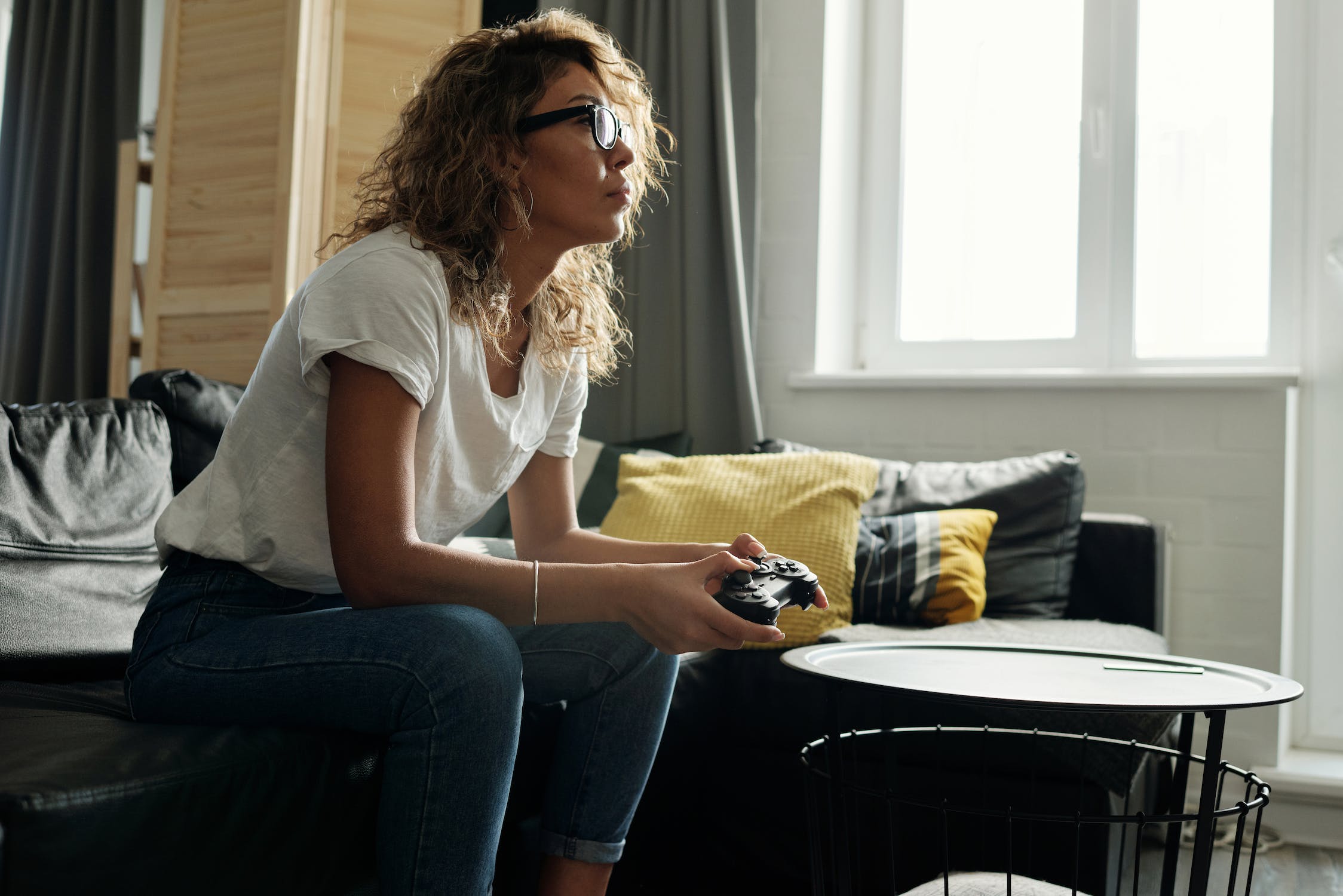The Art of Office Partition Design: Balancing Function and Style

Table of Contents
In today’s dynamic work environment, office space design plays a critical role in improving productivity, collaboration, and worker well-being.
One important factor contributing to a properly designed office is the strategic use of workplace walls.
These partitions aren’t simply physical dividers; they may be fundamental additives that stability features and fashion, creating areas that cater to the numerous wishes of present-day offices.
The artwork of workplace partition design lies in finding an appropriate equilibrium among those two aspects.
Office Partitions
Office partitions have developed notably over time. From easy cubicles that furnished privacy and centered workspaces to more state-of-the-art designs that promote collaboration while preserving person-painting regions, the adventure has been marked by a shift in how businesses understand their workspaces.
Initially, walls were in most cases practical, specializing in growing enclosed spaces to limit distractions office partitions.
However, as workplace subculture advanced, so did the design of these partitions.
The cutting-edge workplace now demands a more considerate approach, in which partitions aren’t simply limitations but gear that enhances the space’s general aesthetics and functionality.
Meeting the Needs of the Modern Workplace
Functionality is the cornerstone of any workplace partition layout. Walls create defined spaces inside an open workplace layout.
However, the definition of functionality has improved past mere division.
Today’s workplace partitions are anticipated to satisfy multiple roles, from imparting privacy to facilitating communication, decreasing noise, and fostering creativity.
Privacy and Focus: In a bustling workplace environment, personnel regularly want spaces where they are able to listen without interruptions.
Office walls offer a practical solution by creating semi-enclosed areas that offer the essential privacy for centered paintings.
Acoustic panels, for instance, are designed to reduce noise levels, ensuring that employees can paint without being disturbed by the encircling activity.
Flexibility and Adaptability: The cutting-edge place of business is characterized by its dynamic nature.
As businesses develop and exchange, so do their spatial requirements.
Office partitions that are modular and reconfigurable without problems offer the power needed to adapt to these adjustments.
Movable walls, for instance, allow companies to reconfigure their workplace format quickly and cost-effectively, making them ideal for companies that often undergo reorganization.
Collaboration and Communication: While privacy is vital, so is collaboration. Office partitions need to balance those needs.
Open-plan workstations with low walls can promote conversation and teamwork, even while providing a feel of private space.
Glass walls that are obvious or semi-transparent preserve an open feel, even developing wonderful regions for collaboration.
Office Partition Design
Beyond functionality, workplace walls drastically contribute to the aesthetic enchantment of the workspace.
The layout, substances, and finishes utilized in walls can rework a dull workplace into a colorful and provoking surroundings office partition design.
When accomplished efficiently, office partition design can reflect an agency’s brand identity and lifestyle, making the workspace more appealing to each personnel and traffic.
Material Choices: The substances used in workplace walls significantly affect their look and capability.
Glass, for instance, is a famous desire for present-day places of work because of its smooth and transparent traits.
It allows natural mild to drift via the space, growing a bright and airy ecosystem.
Conversely, wood provides a warm and inviting experience, making it appropriate for workplaces that aim for a more conventional or rustic look.
Metal partitions offer a modern-day and commercial vibe, which is good for tech-targeted organizations.
Color and finishes
The color and finish of workplace walls can set the tone for the complete workspace.
Neutral tones like gray, beige, and white are usually used for a clean and professional look. However, ambitious colors may be used strategically to create visual interest and break the monotony.
Finishes and matte or gloss can further enhance the layout by adding texture and depth.
The secret is to ensure that the colors and finishes align with the general design theme of the office.
Integration of Branding
Office walls provide a fantastic possibility to combine branding factors into the workspace layout.
This can be achieved through custom pictures, trademarks, or emblem colorations incorporated into the partitions.
For example, frosted glass walls can be custom-designed with employer trademarks or motivational rates, subtly reinforcing the logo identification while retaining the space’s aesthetics.
Office Furniture Supplier Philippines
As generation advances, it performs an increasingly more crucial position in office partition design.
Smart walls geared up with included technology can enhance capability and comfort inside the place of job office furniture supplier Philippines.
For instance, a few partitions come with built-in monitors or whiteboards, reworking them into interactive surfaces for conferences and brainstorming classes.
Additionally, the combination of smart glass era allows walls to interchange between obvious and opaque states at the touch of a button, presenting flexibility in privacy tiers.
Moreover, the upward thrust of remote work and virtual conferences has brought about the development of acoustic walls, which might be designed to beautify sound satisfactory for the duration of video calls.
These walls take in sound and limit echoes, growing and most effective surroundings for virtual verbal exchange.
By incorporating generation into workplace partitions, designers can create spaces that are not only practical and fashionable but also future-proof.
Conclusion
The art of workplace partition layout lies in putting the right balance between characteristics and fashion.
A nicely designed workplace partition system can create a workspace that isn’t always the simplest visually appealing but also conducive to productiveness and collaboration.
By cautiously thinking about the needs of the modern workplace and integrating elements of design, clothing choice, and generation, agencies can create environments that replicate their values, support their personnel, and adapt to their evolving needs.

